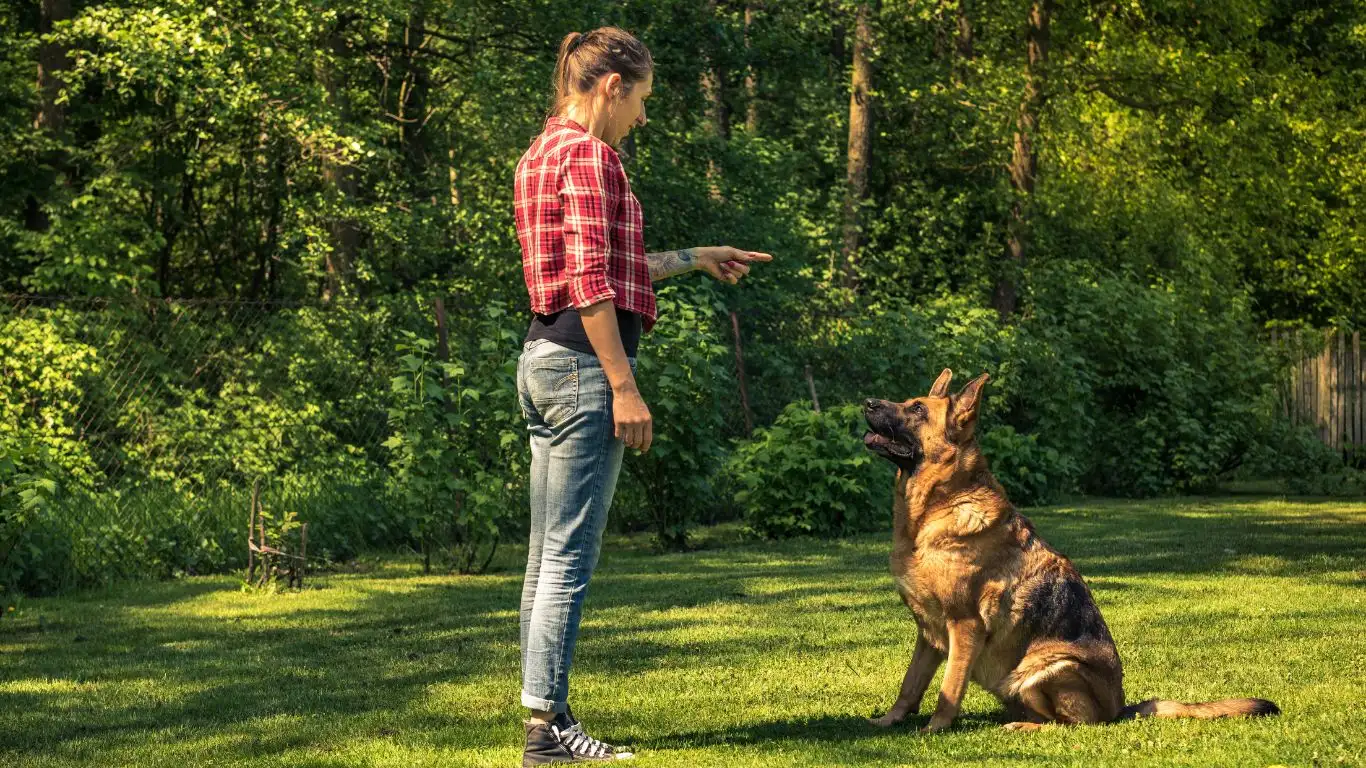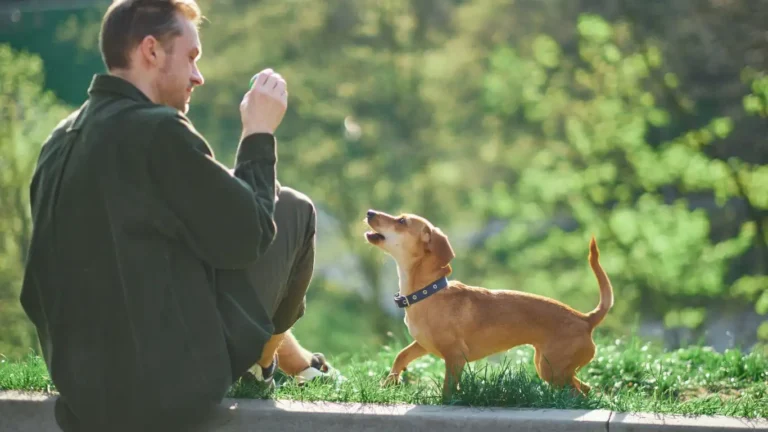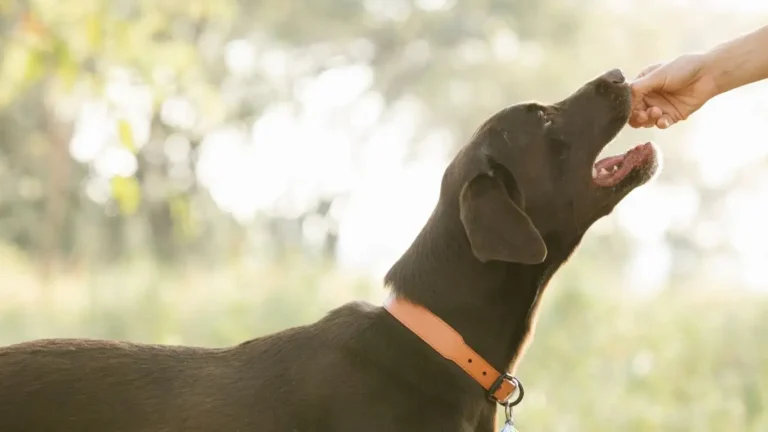Effective Dog Training Techniques to Improve Your Pup’s Behavior
If there’s one thing I’ve learned from years of helping people manage high blood pressure, it’s this—consistency, patience, and the right techniques make all the difference. Funny enough, the same can be said about dog training. As someone who juggles a full-time medical practice and life with two spirited dogs, I’ve had my fair share of wins, fails, and what-the-heck moments when it comes to figuring out effective dog training techniques. Whether you’re raising a brand new puppy or trying to teach an old dog some much-needed manners, having a solid strategy (and a sense of humor) really goes a long way.
Why Training Matters More Than You Think
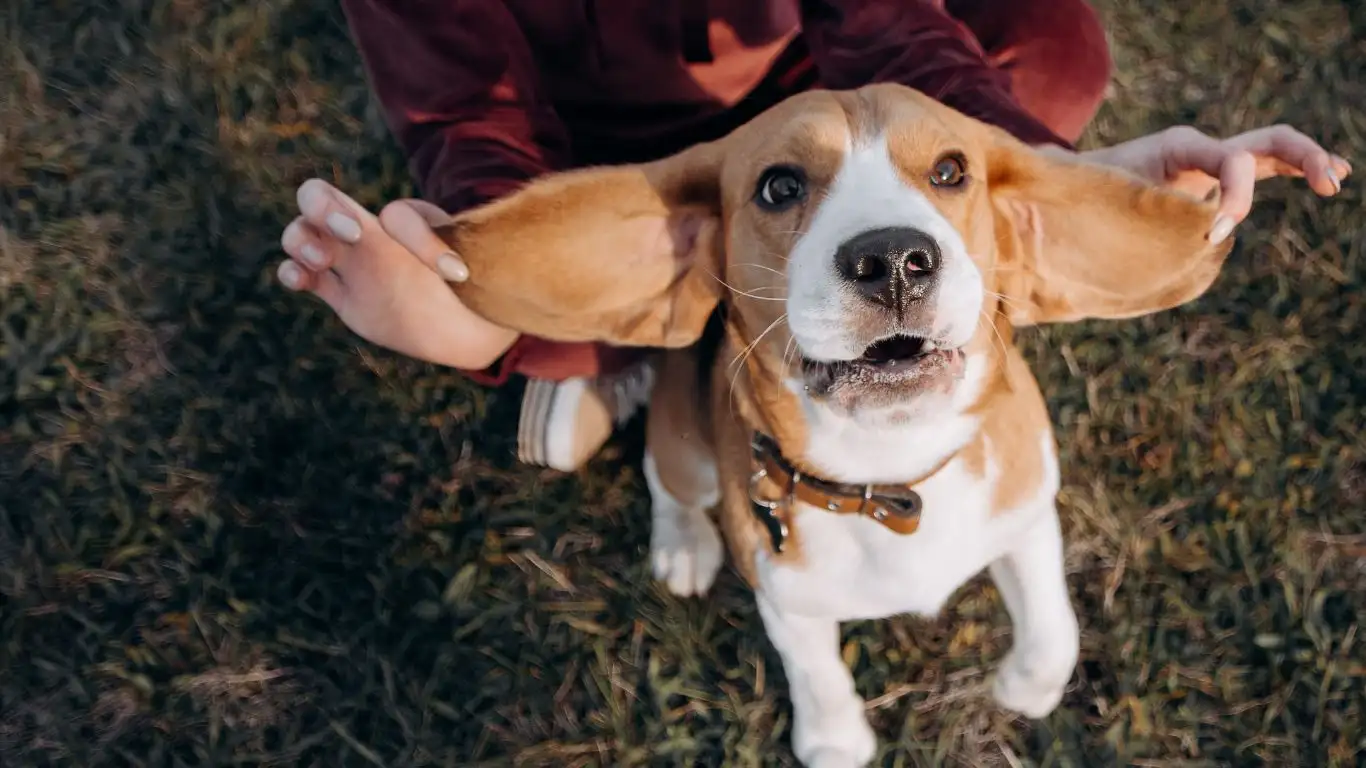
I used to think dog training was all about obedience—sit, stay, heel, the usual checklist. But what I’ve come to realize is that it’s much deeper than that. Good training builds trust. It strengthens your bond and makes everyday life smoother. You’re not just teaching commands; you’re building a shared language between you and your dog. And trust me, when you’re trying to focus during a telemedicine appointment while your dog is barking at the delivery truck outside, you’ll wish you started training yesterday.
Benefits That Go Beyond Obedience
- Better Communication: You’ll understand each other more clearly, which reduces frustration on both ends.
- Improved Safety: A dog that listens can avoid dangerous situations (like bolting across the street—been there!).
- More Freedom: Well-trained dogs can enjoy more off-leash time and socialization without chaos.
- Peace of Mind: Knowing your dog will listen in a pinch makes for a more relaxed household.
Getting Started with the Basics

When I first started training my beagle mix, I honestly didn’t know where to begin. I read books, watched videos, even called in a local trainer for a bit. Here’s the thing though—every dog is different. What worked wonders for my friend’s golden retriever was a total flop for my stubborn little hound. You’ve got to be flexible and pay attention to your dog’s personality.
Start with These Core Commands
These are your foundation. Think of them like the ABCs of dog training:
- Sit: Great for teaching impulse control. It’s also the first thing I taught my pup because it’s simple and rewarding.
- Stay: Essential for safety. I found that reinforcing this during quiet moments helped a ton.
- Come: Life-saving, honestly. Especially when your dog sees a squirrel and considers sprinting into the unknown.
- Leave it: Crucial when they go sniffing around things they really shouldn’t (my dog once tried to eat a used tissue—why do they do that?).
Understanding Your Dog’s Motivation

If you’ve ever tried reasoning with a toddler, you’ll get this—dogs need motivation. My dog will do literally anything for a freeze-dried liver treat, but turns his nose up at regular kibble. Once I figured that out, training sessions got way smoother. So, find what lights your pup up. It could be food, toys, praise, or just your attention.
Types of Rewards That Actually Work
- High-Value Treats: Think chicken, liver, or anything smelly and irresistible.
- Toys: Some dogs are toy-obsessed—use a quick game of tug as a reward.
- Verbal Praise: A cheerful “Good girl!” in a goofy voice can go a long way.
- Physical Affection: Some pups love belly rubs or a quick cuddle as their reward.
Side note from the medical world: just like with people, a little positive reinforcement can really boost morale. I’ve seen patients stick with tough routines just because they felt heard and appreciated—dogs aren’t that different.
Common Mistakes to Avoid When Training
Okay, let’s get honest for a sec. I’ve made a LOT of mistakes while training. From using the wrong tone to pushing too hard, I’ve done it all. The good news? Dogs are forgiving. You just have to learn from the hiccups and keep going.
Watch Out for These Rookie Errors
- Being Inconsistent: Switching up commands or routines confuses your dog.
- Training Too Long: Keep sessions short and fun—five to ten minutes is plenty.
- Using Punishment: This one’s a big no. It breaks trust and usually backfires.
- Skipping the Praise: Even a small success deserves a celebration.
One of my patients once asked me why her dog kept jumping on guests even though she “told him not to.” After chatting a bit, I realized she was unknowingly rewarding the behavior by giving him attention. Awareness makes a huge difference—not just in medicine, but in training too.
Building Long-Term Habits Through Consistency
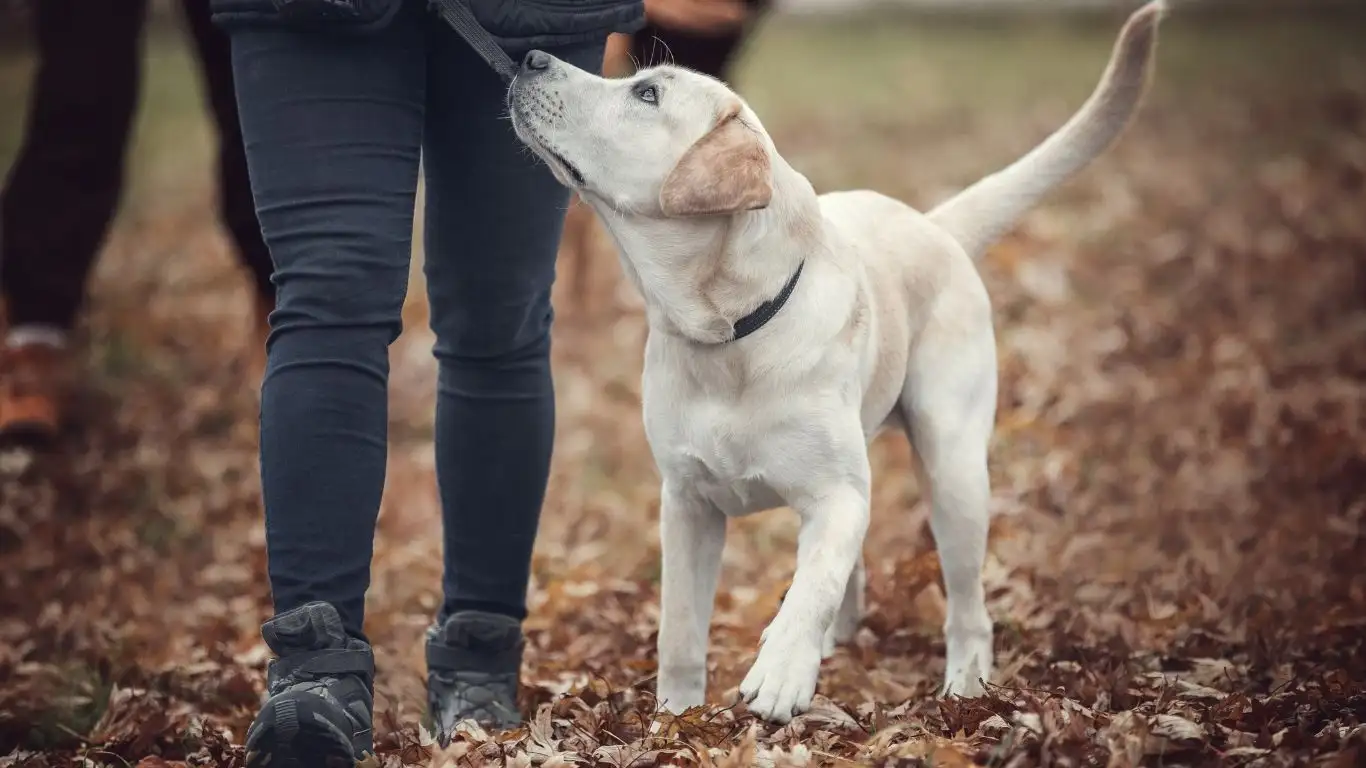
Let’s talk about consistency. It’s something I preach every day to my hypertension patients—take your meds, stick to your routine, don’t wing it. The same philosophy applies to dog training. I learned (the hard way) that doing a command here and there without regular practice is like expecting blood pressure to drop just because you took your meds once this week. Nope. Doesn’t work that way for people, doesn’t work that way for dogs either.
What really helped me was building short training sessions into our daily life. I’d ask for a “sit” before meals, a “stay” before heading out the door, and sprinkle in a “come” or “leave it” during walks. This kind of repetition, done in real-life moments, helped my dog understand that commands weren’t just for formal training—they were part of everyday life. And you know what? It totally works.
Simple Ways to Stay Consistent Without Burning Out
- Keep sessions short: 5–10 minutes max. Enough to reinforce without overwhelming.
- Use real-life moments: Practice during walks, mealtime, or chill time at home.
- Same cues, same tone: Consistency in wording and tone avoids confusion.
- Don’t skip the praise: Even if it’s just a quick “Good boy!”—celebrate the effort.
Effective Dog Training Techniques That Actually Work
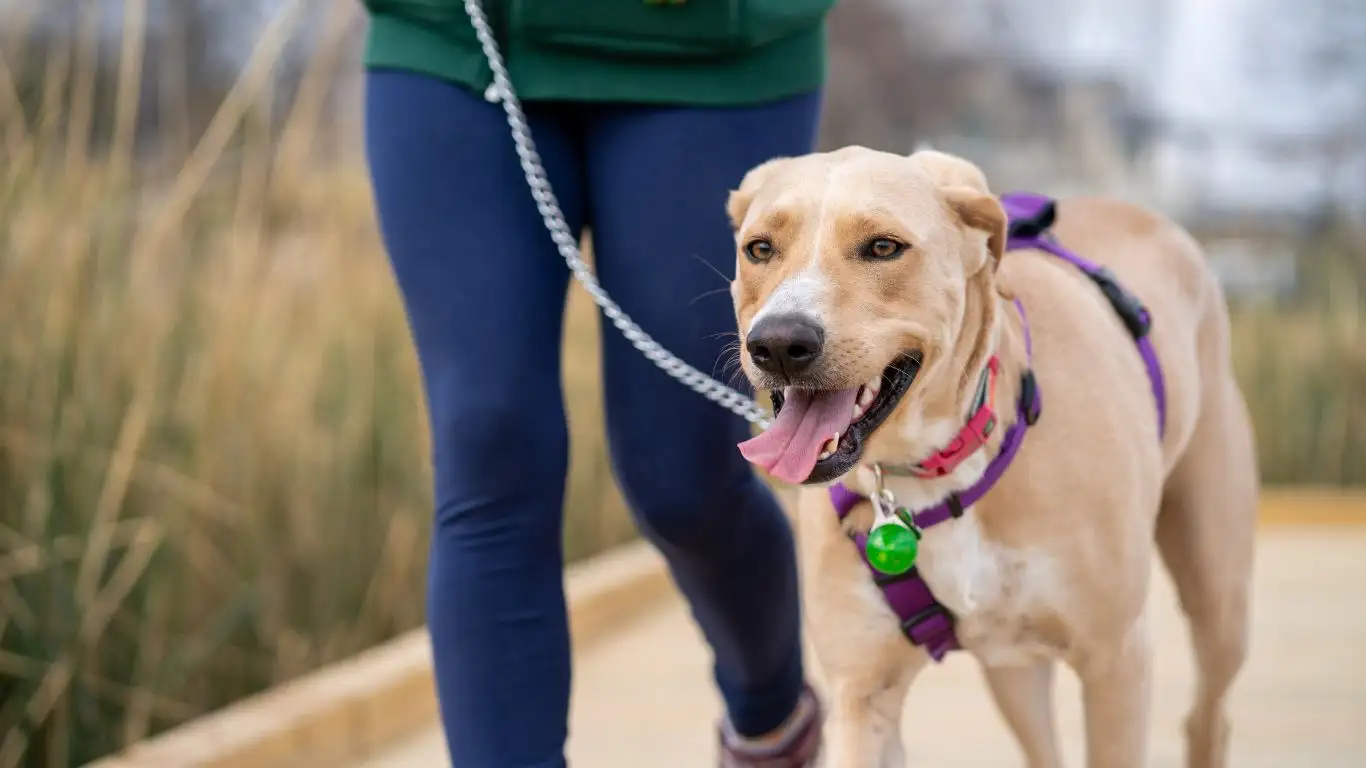
Alright, let’s dig into the heart of this—effective dog training techniques. I’ve tried a bunch (some more successful than others), and over time, I found a handful that consistently get results, no matter the dog’s breed or age. The cool part? These techniques don’t require fancy gear or a pro trainer (though getting help is never a bad idea). What they do require is patience, observation, and a healthy dose of trial and error.
1. Clicker Training
Okay, I’ll admit I was skeptical at first. A clicker? Really? But after just a week of using it with my dog, I saw huge progress. The sound becomes a clear marker for “Yes! That’s what I wanted!” It’s like saying “good job” in dog language. Combine it with treats and you’ve got a power duo that speeds up learning like crazy.
2. Lure-and-Reward
This one’s great for teaching new behaviors. I used a piece of chicken to guide my dog into a “down” position—no pushing, no forcing. Just guiding. The moment he got it, boom—treat. After a few rounds, he understood the move. It’s gentle, clear, and super effective for visual learners (aka most dogs).
3. Capture and Reinforce
Sometimes I don’t even give commands—I just catch my dog doing something awesome on his own, like lying down calmly or ignoring a distraction. That’s when I swoop in with a treat or a belly rub. It’s a sneaky but brilliant way to reinforce good behavior without setting up a formal training moment.
4. Desensitization
If your dog gets anxious around certain sounds or situations (mine hates the vacuum like it’s a monster), desensitization can help. I started by turning the vacuum on in another room while tossing treats. Over time, we moved closer and closer. Now? He barely flinches. Patience really is magic here.
Socialization: The Secret Sauce of a Well-Rounded Dog
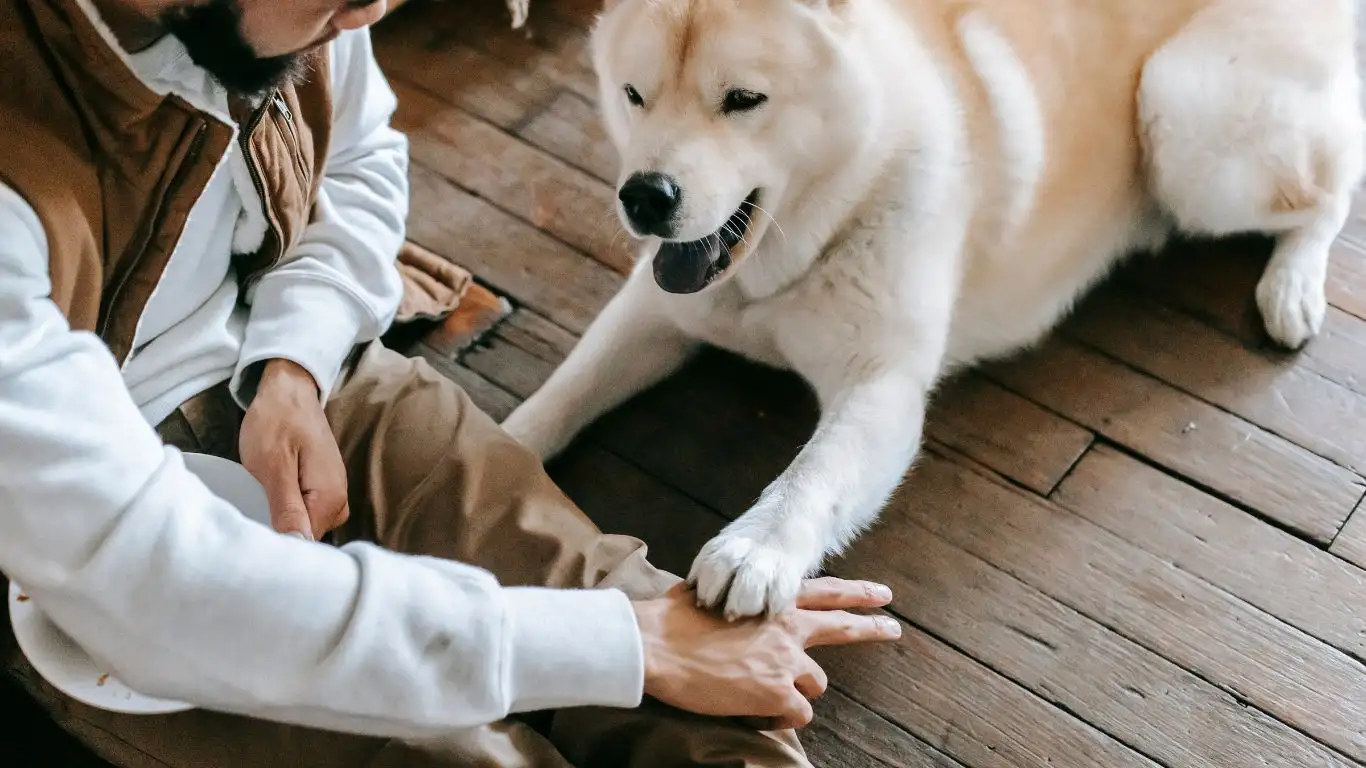
When I brought home my second dog, I thought the older one would “teach her the ropes.” Spoiler: that’s not how it works. She needed to be socialized—gently, gradually, and with lots of guidance. Just like people who grow up in supportive environments are often more resilient and emotionally balanced, dogs benefit hugely from positive social experiences early on.
Start Socializing the Right Way
- Begin young: The earlier, the better. But older dogs can still learn—it just takes more time and patience.
- Keep it positive: Treats, toys, and praise go a long way to make social situations enjoyable.
- Don’t overwhelm them: Introduce new people, pets, and places slowly. Let your dog set the pace.
- Watch their body language: Tail down, ears back, or lip licking can signal stress. If you see these, back off and try again later.
One of my favorite socialization “wins” was getting my rescue pup used to elevators. At first, she froze every time we approached one. But with some treats, a happy voice, and lots of encouragement, she now trots right in. It took about two weeks of baby steps, but it was so worth it.
Using Real-Life Scenarios to Reinforce Training
One thing I’ve picked up from years of patient care—people remember things better when it’s tied to real-life experiences. Same goes for dogs. That’s why I try to train *in the moment*. If my dog sees another pup on a walk and gets excited, that’s the perfect chance to practice focus. If the doorbell rings, I use it as a cue for “place” or “stay.”
Examples of Natural Training Moments
- Meal prep time: Ask for a sit and stay while you make dinner. Great impulse control drill.
- Walk prep: Practice “wait” at the door before stepping out—it teaches patience.
- Grooming: Use brushing time to reinforce calm behavior and teach “stay” or “touch.”
- Visitors: Ask your pup to go to their place or sit calmly before greeting guests.
Training doesn’t need to be fancy or perfectly planned. Some of my best progress happened during messy, unpredictable life moments—like trying to wrangle two dogs while answering a work call. It’s all about making the most of those everyday opportunities and keeping things lighthearted.
Addressing Common Training Challenges with Patience and Perspective
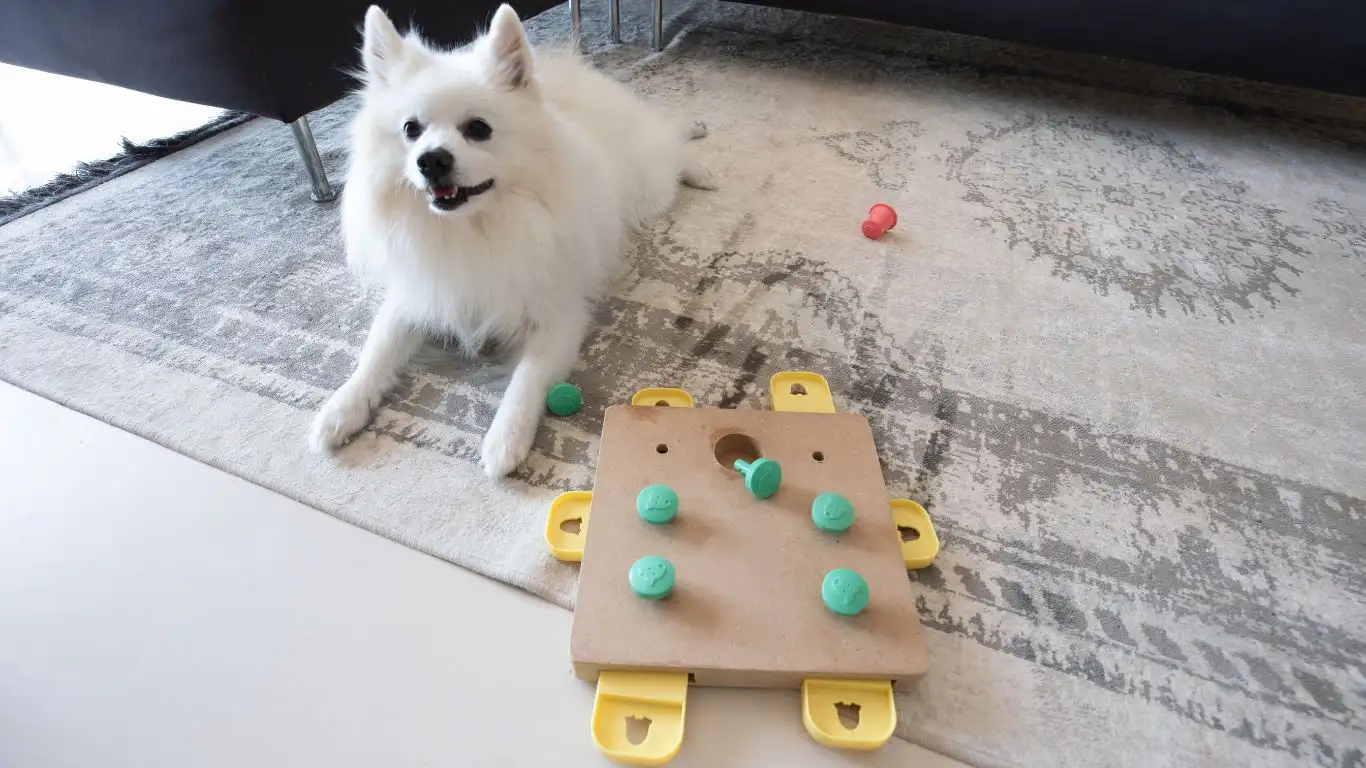
Okay, let’s be real—not every training session ends in a happy tail wag. Just like I’ve had patients roll their eyes when I tell them to cut back on salt, dogs sometimes push back too. Training isn’t always linear. There are good days, “meh” days, and days when your dog decides to pretend they’ve never heard the word “sit” in their life. Totally normal.
I remember when I was teaching my pup to “heel” on walks. One week he was nailing it, practically strutting like he belonged in a dog show. The next? He acted like he was auditioning for a sled team—pulling, sniffing, ignoring every cue. It was frustrating, but I reminded myself of something I often tell my patients: progress isn’t always a straight line.
When It Feels Like Nothing’s Working, Try This:
- Take a break: Sometimes a day or two off gives both you and your dog a reset.
- Revisit basics: Go back to commands your dog already knows well to rebuild confidence.
- Mix up the environment: New places bring new distractions, but also new learning opportunities.
- Ask for help: Trainers, forums, or even local dog groups can offer fresh perspectives.
Training Older Dogs: It’s Never Too Late

This is a big one. I’ve had so many folks ask me, “Is it too late to train my senior dog?” And the answer, from both a doc and a dog lover? Absolutely not. In fact, just like older adults benefit from cognitive activities and social engagement, older dogs thrive when you keep their brains active and their routines consistent.
I adopted my senior dog, Charlie, when he was nine. He didn’t know any commands. Zero. But we took it slow, used gentle rewards, and within a month he had a solid “sit,” a reliable “come,” and he even learned “shake” (which honestly, melts everyone’s heart). It’s never about age—it’s about approach.
Tips for Training Senior Pups:
- Be patient: Older dogs may take longer to learn, but they’re still capable.
- Use softer treats: Dental health matters! Go easy on hard biscuits.
- Short sessions: Keep it fun and fatigue-free—aim for quality, not quantity.
- Respect their limits: Watch for joint stiffness or fatigue and adjust accordingly.
If you’re feeling unsure, a quick consult with your vet (or a trainer who specializes in older dogs) can give you the confidence to move forward. It’s all about adapting your technique to meet your dog where they’re at.
Layering Commands for Advanced Obedience
Once your pup’s nailed the basics, it’s time to level up! Layering commands is a great way to improve focus and build more advanced skills. I like to think of it the same way I approach patient treatment plans—start with the foundation, then build thoughtfully on top.
For example, once your dog knows “sit” and “stay,” you can combine them. Ask for a sit, then a stay as you walk away. Add a “come” and reward with enthusiasm when they nail it. It’s like building a chain of behaviors that all work together in harmony. Super satisfying when it clicks.
Fun Combo Commands to Try:
- “Sit + Stay + Come” — Great for recall training in safe open spaces.
- “Down + Wait + Release” — Perfect for meal time discipline or impulse control.
- “Place + Stay + Quiet” — My go-to for doorbell visitors or delivery folks.
When your dog starts picking up on these chains, you’ll feel like you’re communicating on a whole new level. It’s the best feeling, honestly.
Staying Motivated on the Dog Training Journey
There’s something deeply rewarding about watching your dog grow into a confident, well-mannered companion. But let’s not pretend it’s always easy. Some days you’ll question your progress. Other days, you’ll be blown away by how much your pup has learned.
One thing that helped me stay grounded was tracking small wins. I kept a little notebook (yes, I’m that person) where I jotted down things like “walked past a barking dog without reacting” or “held a 30-second stay.” Looking back on those notes when I felt stuck reminded me that progress was happening, even if it wasn’t dramatic.
Ways to Stay on Track:
- Celebrate the little wins: They add up fast!
- Record training sessions: A short video can reveal patterns or improvements you may not notice day-to-day.
- Join a community: Facebook groups, Reddit threads, or your local park posse can keep you motivated.
- Take breaks: You’re allowed to rest. Your dog isn’t a project—they’re your buddy.
Every dog is different, and that’s part of the magic. What matters most is that you’re showing up with patience, love, and the willingness to learn alongside them.
References
Disclaimer
This article is based on my personal experience as an internal medicine physician and dog owner. It is intended for informational purposes only and does not replace professional veterinary or behavioral advice. If your dog shows signs of distress, aggression, or medical issues, please consult with a licensed veterinarian or certified dog trainer.
